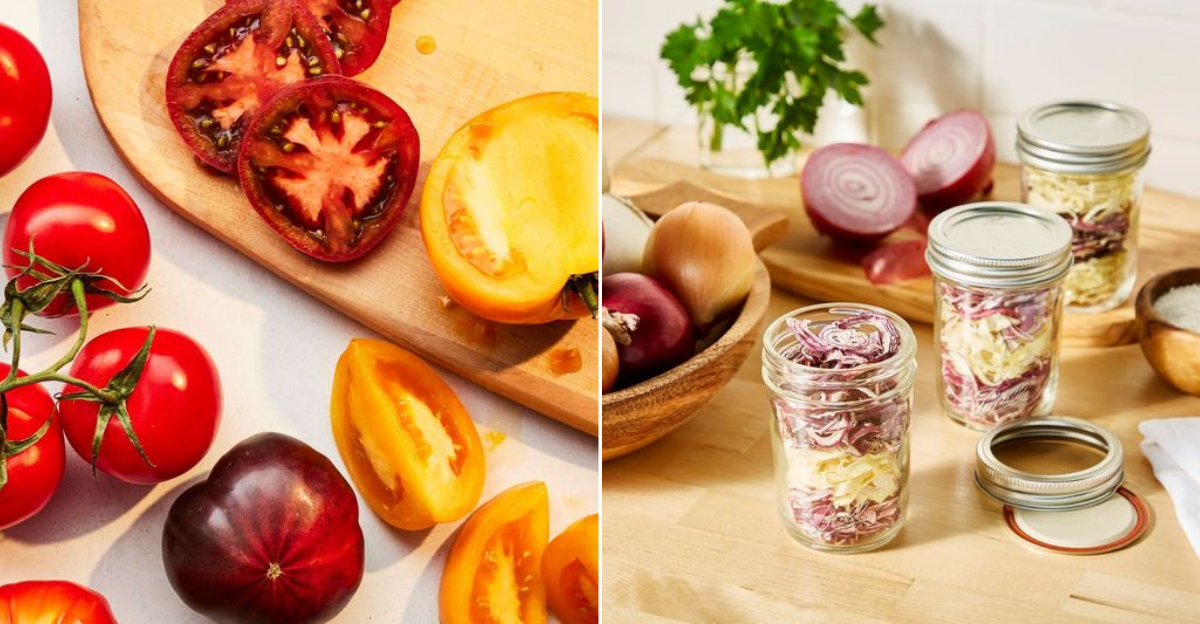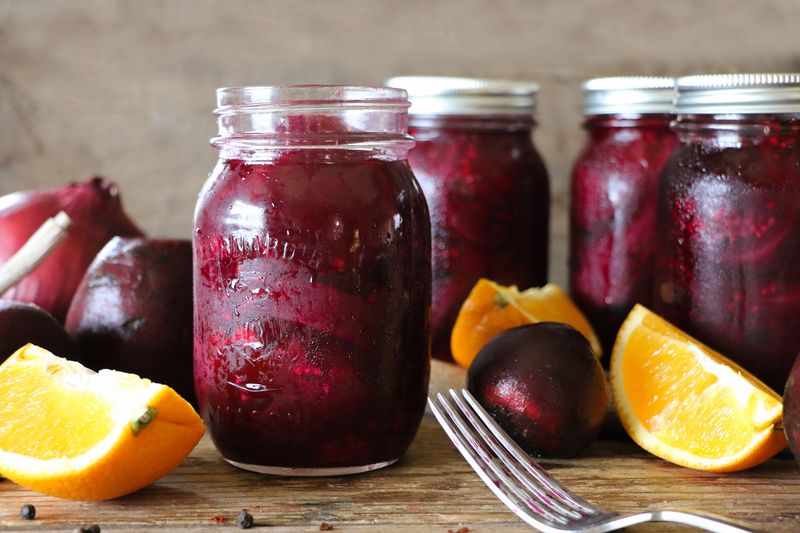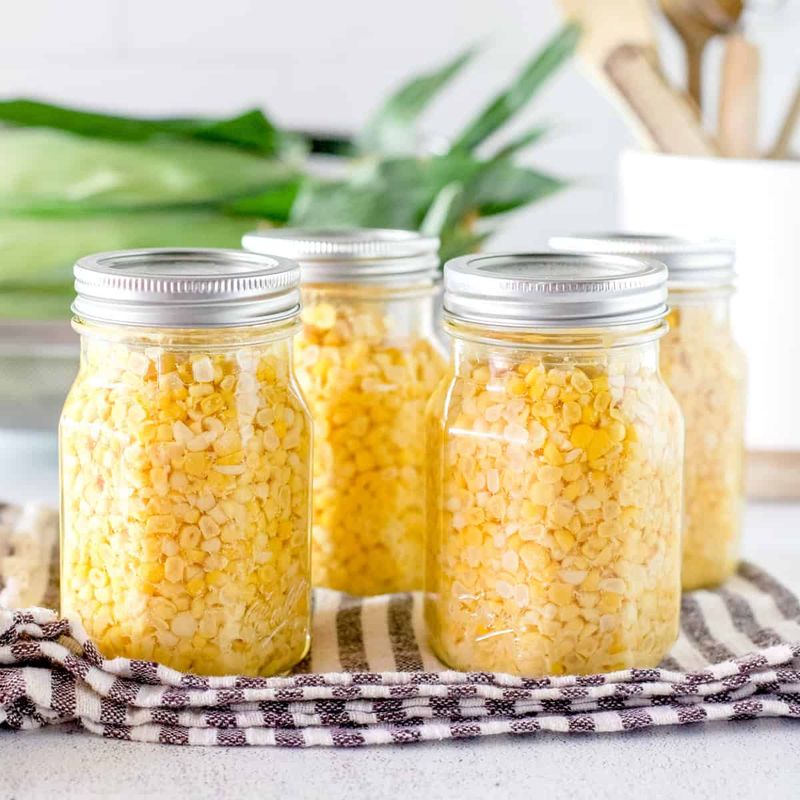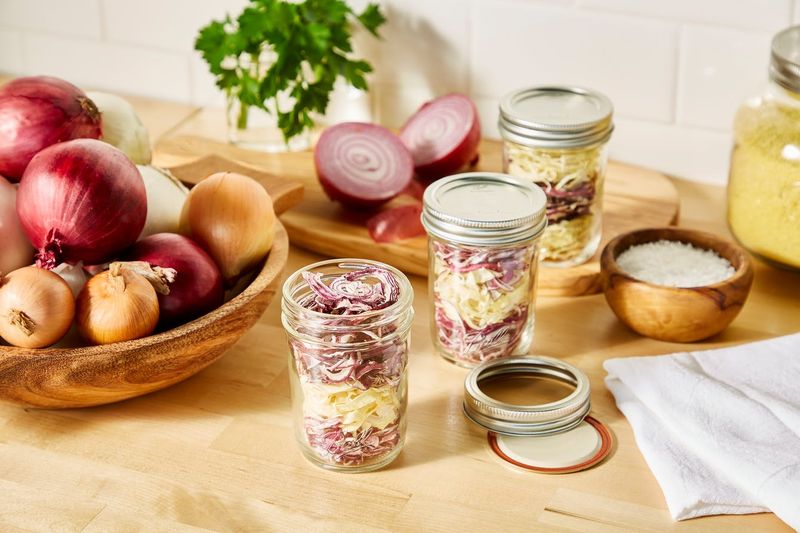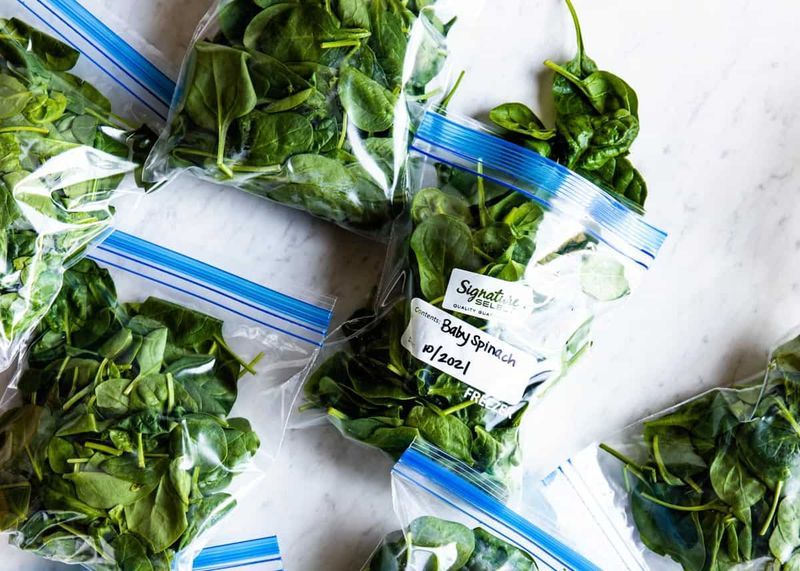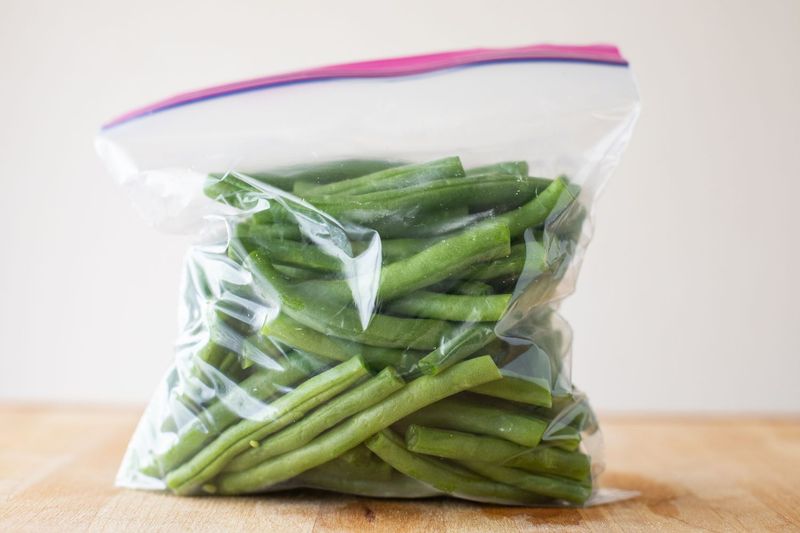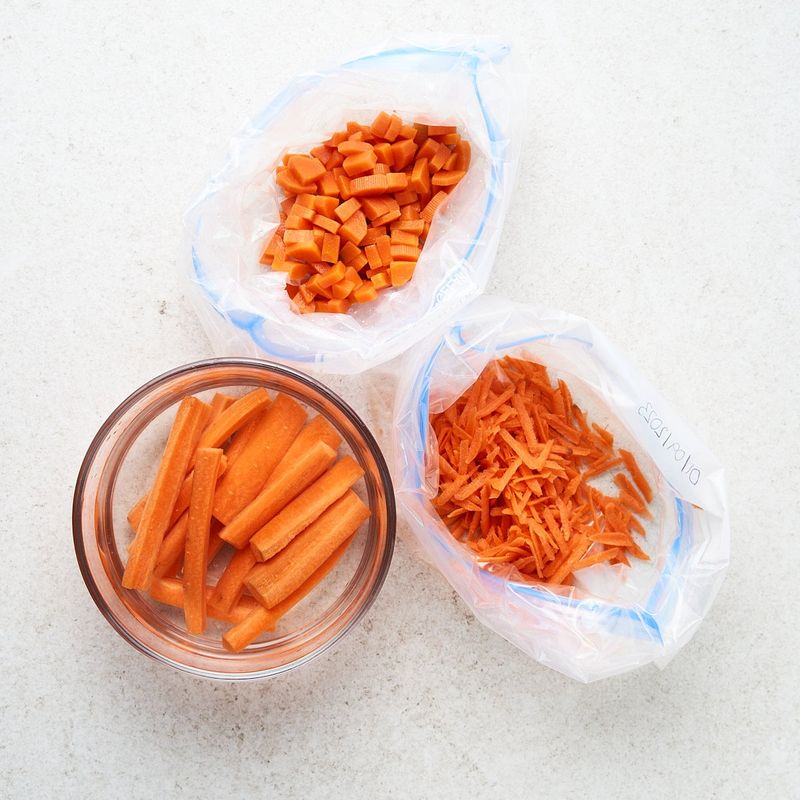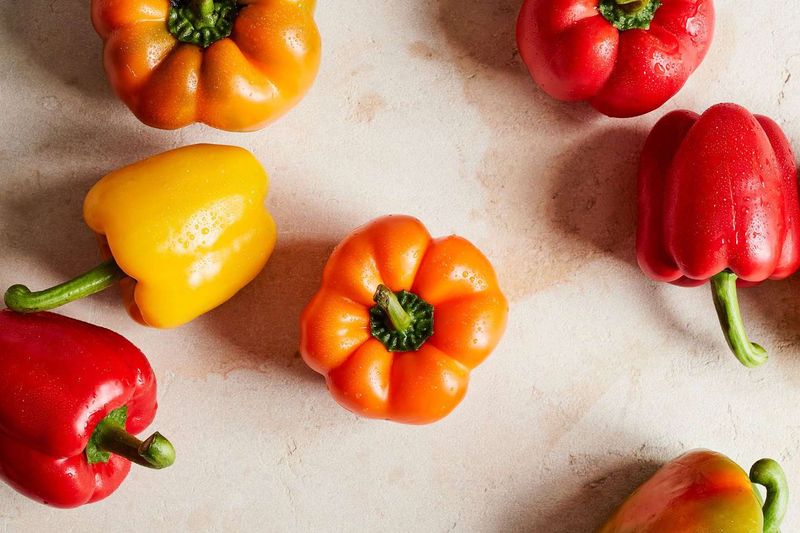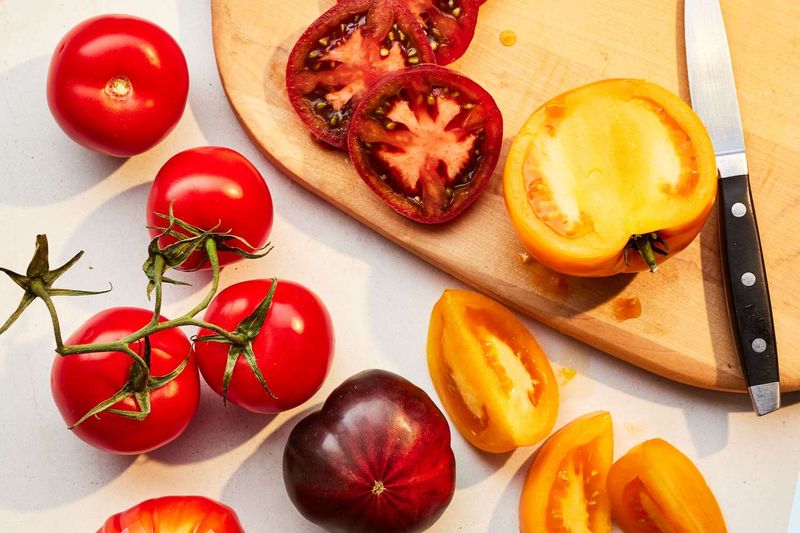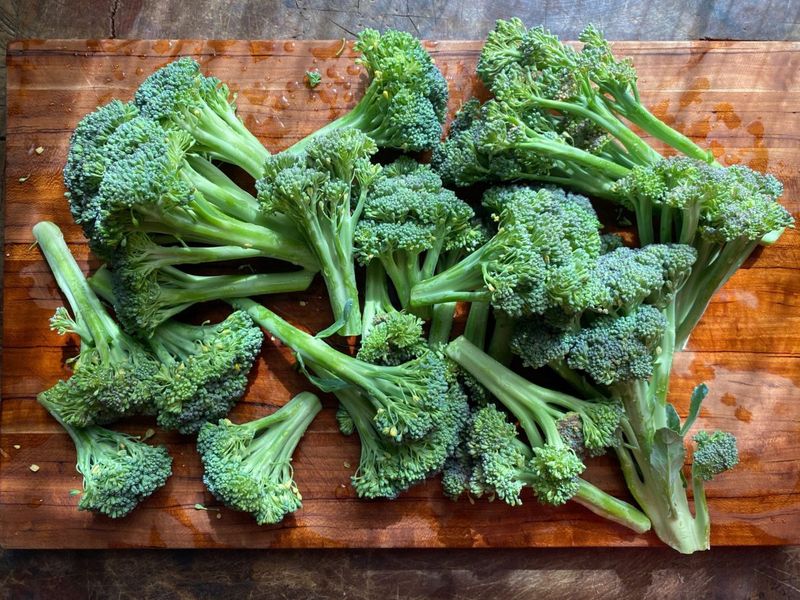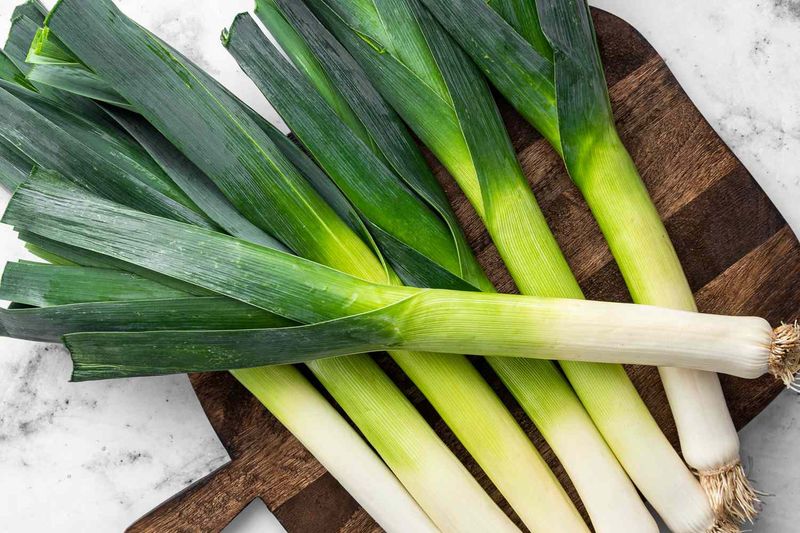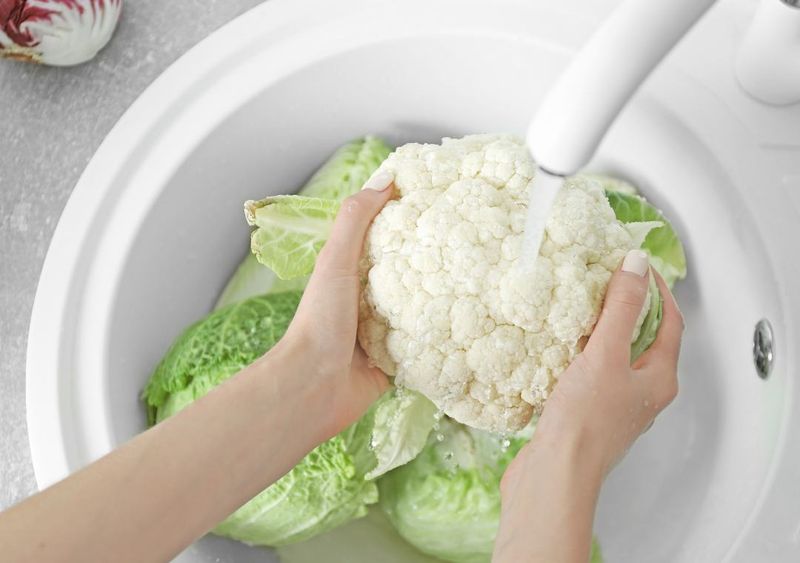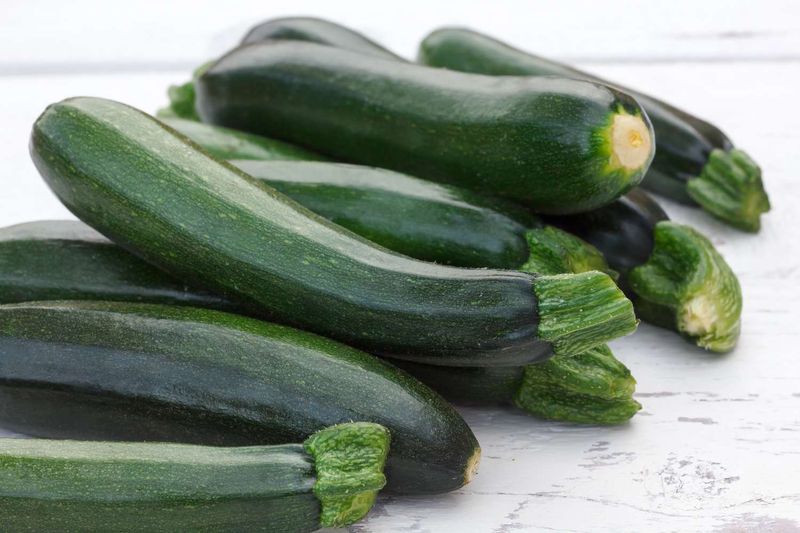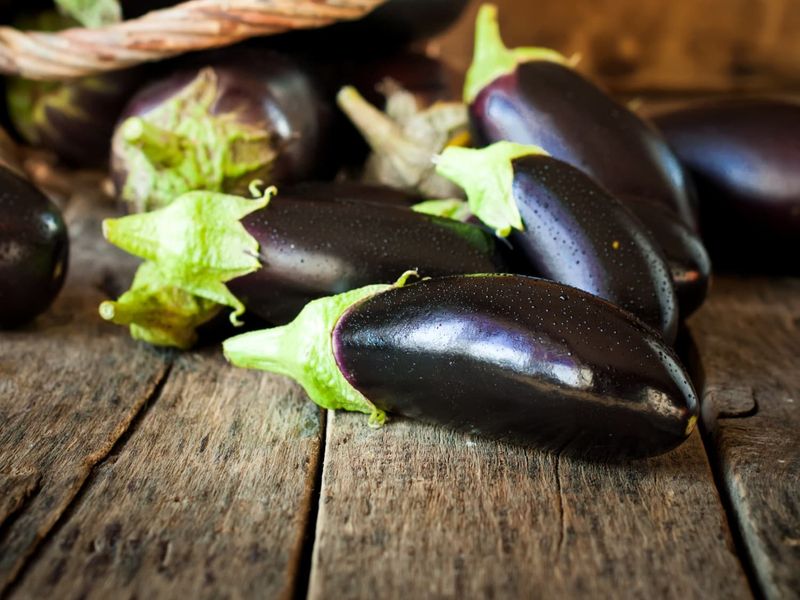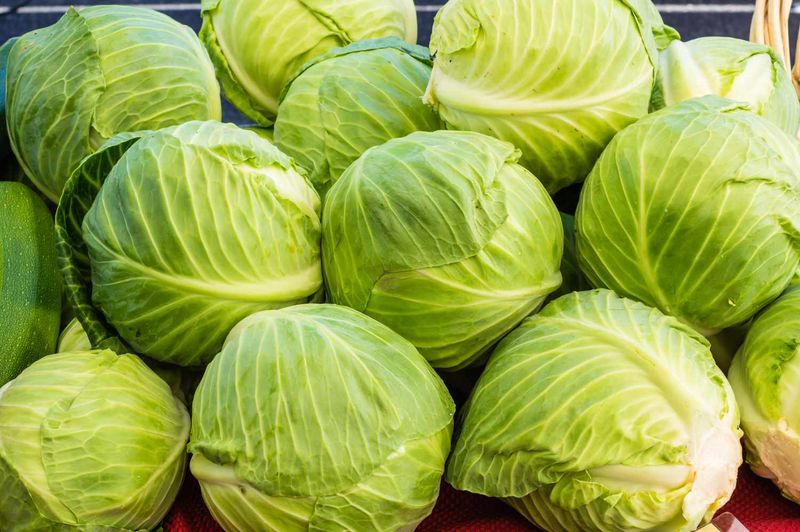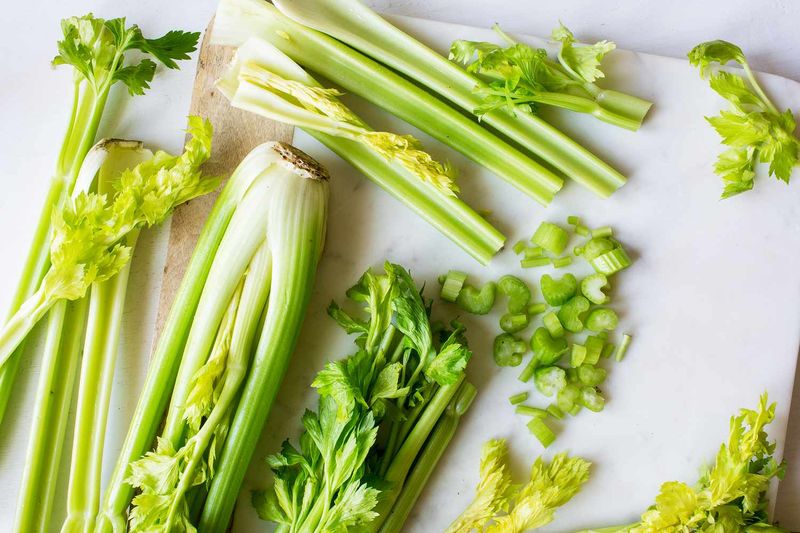Want garden-fresh flavor all year round? We’ve got you covered! In this handy guide, you’ll find 15 must-have vegetables that are perfect for preserving.
From freezing to pickling, we’ll share simple tips to help you lock in their taste and nutrition—so your meals stay delicious no matter the season.
1. Beets
Beets, with their earthy sweetness and deep color, are excellent for long-term storage. Start by trimming the greens, leaving about an inch of the stem to prevent bleeding during cooking.
Boil or roast beets until tender, then peel and slice or dice. Freeze in airtight containers, or pickle them with vinegar and spices for a tangy twist. Preserved beets are great in salads, side dishes, or even smoothies—making them a versatile and colorful staple.
2. Corn
Fresh corn brings summer flavor to any dish and freezes beautifully. Shuck the corn and remove silks, then blanch the ears for a few minutes.
Cool quickly in ice water, then cut kernels off the cob and freeze in flat layers to avoid clumping. You can also freeze whole cobs if preferred. Corn holds up well in soups, casseroles, and chowders, giving your meals a sweet, crunchy bite any time of year.
3. Onions
Onions are pantry essentials that can be preserved beyond their natural shelf life. Peel and chop them into desired sizes before flash-freezing on a tray.
Transfer to freezer bags once solid. Alternatively, caramelize onions and freeze them in portions for a ready-to-use flavor booster. Dehydrated onion slices or powders are great for long-term storage and seasoning blends. Preserved onions ensure you’re never without this foundational ingredient.
4. Spinach
Spinach is a powerhouse of nutrients and deserves careful preservation. Start by washing leaves thoroughly to remove grit. Blanching spinach for a couple of minutes retains its lush green color and nutrients.
After blanching, cool rapidly in ice water. Once drained, pack spinach tightly in freezer-safe bags or containers, pressing out excess air. For optimal freshness, consume within a few months.
Frozen spinach works well in smoothies, soups, and omelets, providing a quick nutrient boost. Enjoy the convenience of having ready-to-use spinach at hand, even during off-season months.
5. Green Beans
Green beans, crunchy and full of flavor, are simple to preserve. Start by trimming ends and blanching in boiling water for a few minutes. This process enhances their vibrant green color. Immediately cool beans in ice water to retain their crispness.
Once dried, freeze in airtight containers or bags, ensuring minimal air exposure. Pickling is another option, infusing beans with a spicy, tangy flavor that’s great for snacking.
Whether frozen or pickled, green beans maintain their taste and texture, making them a versatile ingredient for side dishes and salads year-round.
6. Carrots
Carrots, known for their crunch and sweetness, are perfect for long-term storage. Begin by washing and peeling them, then slice into sticks or rounds. Blanching carrots in hot water for a few minutes helps retain their vibrant color and nutritional value.
After blanching, immediately plunge them into ice water to halt cooking. Once cooled, freeze in airtight bags, removing as much air as possible.
Carrots can also be pickled using vinegar, spices, and herbs for a tangy addition to meals. Ensuring they’re well-sealed and stored properly keeps them fresh and delicious for months.
7. Bell Peppers
Bell peppers add a sweet, crunchy element to dishes. To preserve them, wash and deseed thoroughly. Slice them into strips or dice, depending on your preference. Lay pieces on a baking sheet and freeze until solid to prevent clumping.
Once frozen, transfer to freezer bags. Peppers maintain their texture and flavor for months when properly stored. Consider roasting and then freezing for an intensified, smoky flavor perfect for stews and stir-fries. By keeping a variety of colors, you enhance both the visual appeal and nutritional content of your meals.
8. Tomatoes
Tomatoes are a kitchen staple, beloved for their versatility and rich flavor. To preserve tomatoes, start by selecting firm, ripe ones. Blanch them in boiling water to easily remove skins, then freeze or can them.
For freezing, chop tomatoes and store in airtight containers. Canning involves cooking them with lemon juice to ensure acidity and prevent spoilage. Regularly check for any signs of spoilage and use them in sauces, stews, or salsas.
By preserving tomatoes effectively, you ensure a year-round supply of this essential ingredient, adding vibrant color and taste to various dishes.
9. Broccoli
Broccoli, rich in vitamins and minerals, is ideal for freezing. Begin by cutting it into uniform florets. Blanching broccoli in boiling water for a few minutes helps preserve its bright color and crisp texture. After blanching, cool immediately in ice water.
Drain and pat dry before placing in freezer-safe bags or containers. Remove excess air to prevent freezer burn. Frozen broccoli is a versatile addition to soups, casseroles, and side dishes, maintaining its nutritional benefits. With proper storage, you can enjoy this healthy vegetable’s vibrant taste all year long.
10. Leeks
Leeks, delicate in flavor, require proper preservation to enjoy their subtle taste year-round. Clean leeks thoroughly, removing grit, and slice them. Blanching for a few minutes ensures they retain their mild taste. After cooling in ice water, dry and freeze in portions suitable for recipes.
Alternatively, leeks can be dehydrated and stored in airtight containers, ideal for soups and gravies. By preserving leeks, you keep a stock of this aromatic vegetable ready to enhance your dishes with its gentle onion-like flavor, making meal prep convenient and flavorful.
11. Cauliflower
Cauliflower, similar in texture to broccoli, is excellent for preservation. Cut into florets and wash thoroughly. Blanching in boiling water for about three minutes helps maintain its firmness and color. After blanching, refresh in ice water, then drain. For freezing, spread florets on a tray until solid before transferring to bags.
Cauliflower retains its mild flavor and is perfect for making creamy soups or as a low-carb substitute for rice. Having frozen cauliflower on hand allows you to incorporate it into meals quickly, keeping your dishes healthy and satisfying.
12. Zucchini
Zucchini, a summer favorite, is easy to preserve. Shred or slice zucchini before blanching in boiling water for a short time. This step helps maintain its texture. After blanching, cool quickly in ice water and pat dry. Freeze in measured portions to suit recipes.
Alternatively, zucchini can be pickled or dehydrated for chips. These methods keep zucchini fresh and ready for use in breads, muffins, or stir-fries. Having preserved zucchini on hand ensures you enjoy its mild flavor and nutritional benefits even when it’s out of season.
13. Eggplant
Eggplant, with its rich and meaty texture, can be preserved through freezing or pickling. Before freezing, slice and blanch to retain its structure. Cool in ice water, dry, and spread on a tray before freezing. This method prevents clumping.
Alternatively, preserve eggplant in oil with herbs and spices, creating a Mediterranean treat. Frozen or pickled, eggplant enhances dishes like ratatouille and lasagna. With careful preservation, eggplant maintains its unique flavor, allowing you to enjoy its versatile uses in various cuisines throughout the year.
14. Cabbage
Cabbage, hearty and nutritious, can be preserved through several methods. Begin by removing outer leaves and cutting into wedges or shredding. Blanching cabbage before freezing helps retain its crunch and flavor. Once blanched, cool in ice water, drain, and pat dry.
Store in airtight freezer bags, removing excess air. Fermentation is another popular method, turning cabbage into sauerkraut. Whether frozen or fermented, cabbage remains versatile for soups, stews, and salads. By preserving cabbage, you maintain its essential nutrients and enjoy its robust flavor throughout the year.
15. Celery
Celery, known for its crisp texture and refreshing taste, can be preserved for future use. Start by washing and cutting it into sticks or slices. Blanch for a brief period to maintain color and crunch, then cool in ice water. Once dry, pack celery into freezer bags, squeezing out air.
Alternatively, dehydrate celery for use in soups and stews, providing a concentrated flavor. Preserving celery ensures you have a handy addition for stocks and salads, maintaining its unique taste and texture even after months of storage.
